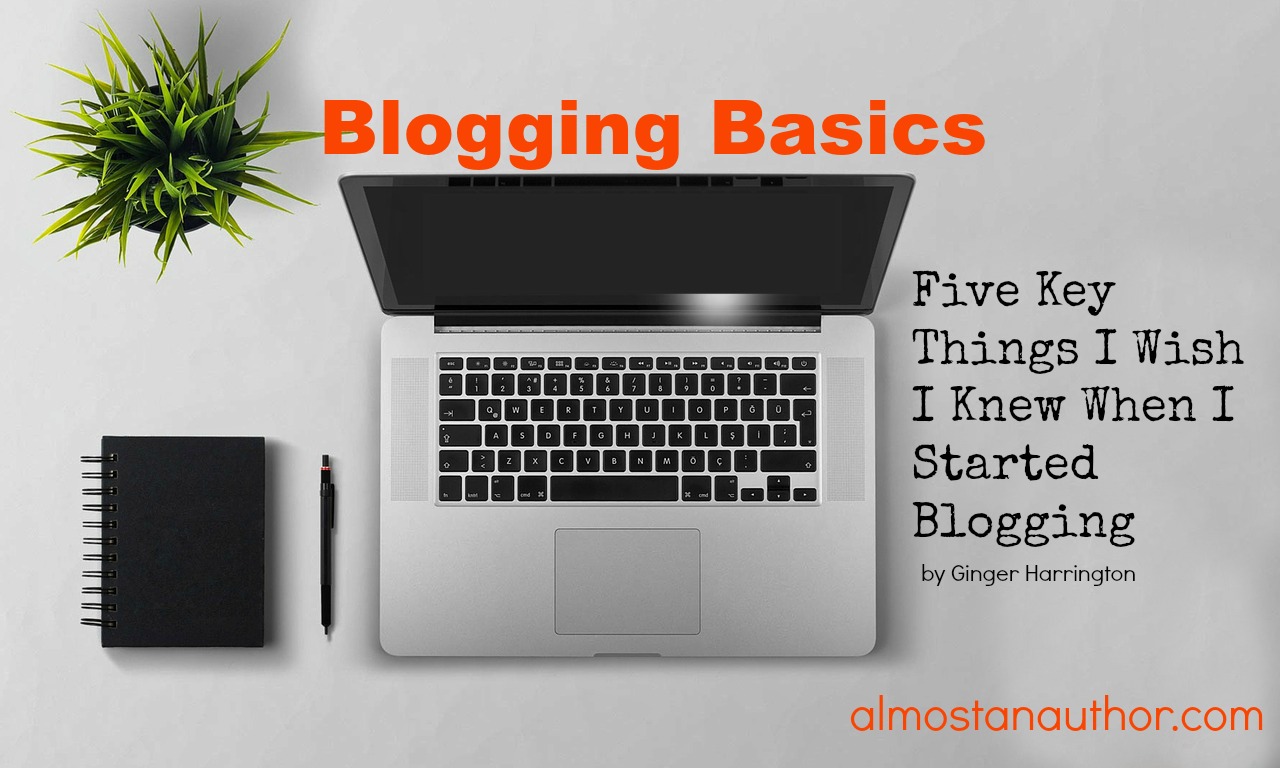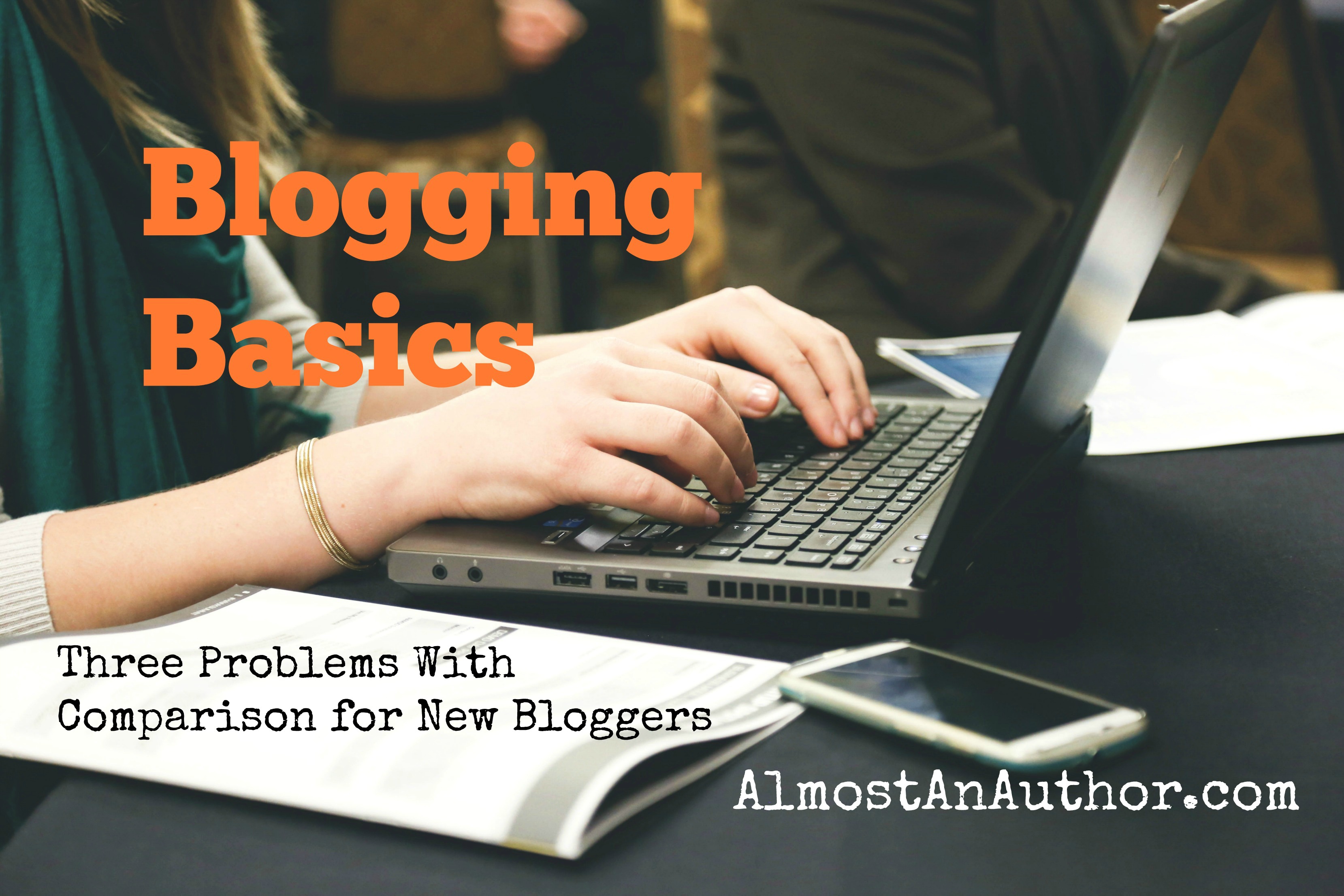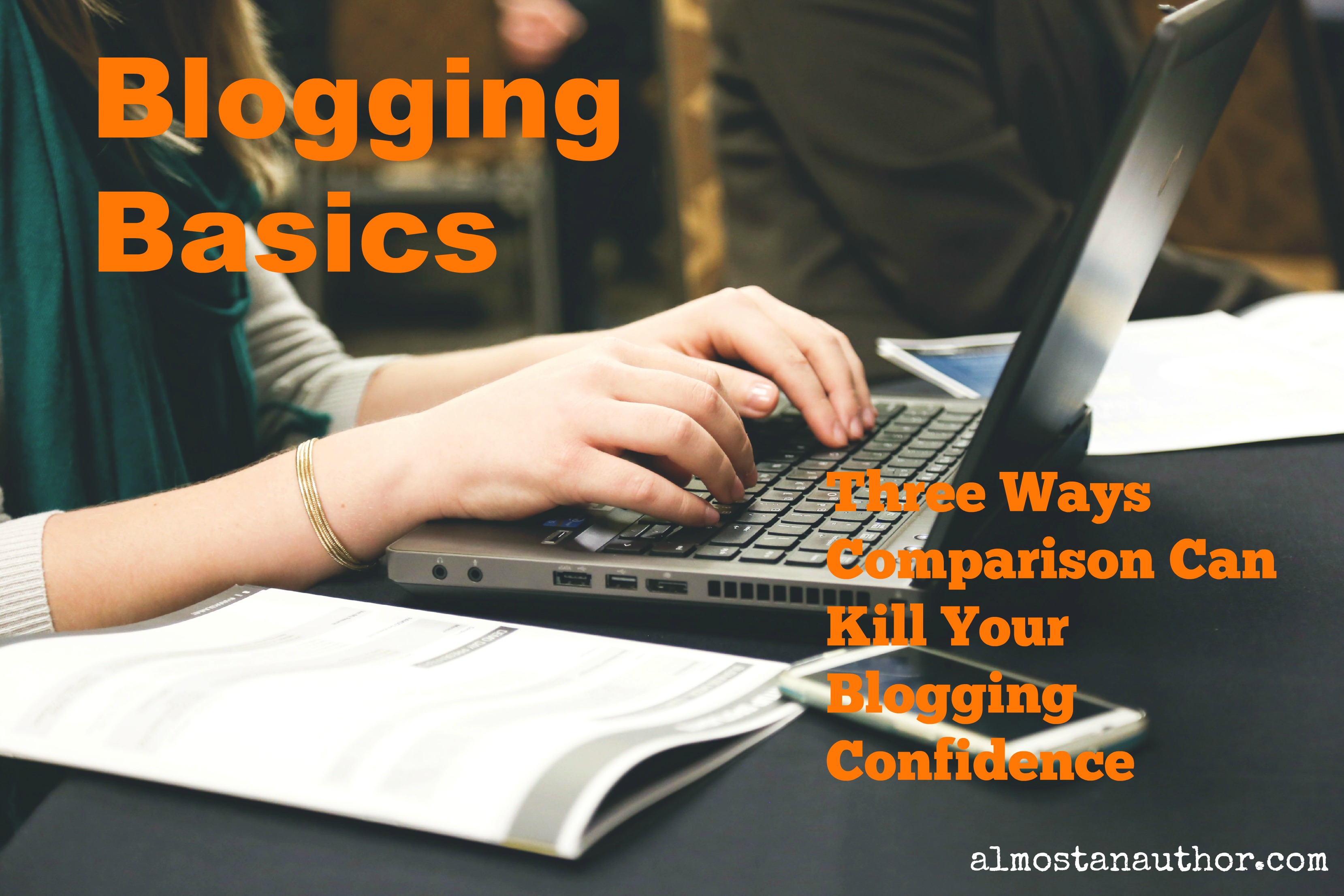
How to Choose a Website Template for Bloggers & Writers
For bloggers and writers who wish to create a credible online presence, selecting an appropriate website template is essential.…
May 28, 2023
For bloggers and writers who wish to create a credible online presence, selecting an appropriate website template is essential.…
May 28, 2023
A welcome post is a pinned post on your blog that appears first in your entry feed. But let’s…
April 20, 2023
Evelyn Mann has been blogging for eight years, with over 1 million hits sharing her experience as a special…
January 24, 2020
Have you ever participated in a writer’s challenge? Did you know there are writing challenges for bloggers? Here’s how…
December 28, 2019
Starting my blog, I had no one to hold my hand. No one to tell me what to do.…
November 24, 2019
Give yourself permission to not blog. Yes, I said it. Going through different seasons in life does correlate to…
September 24, 2019
Welcome to the Mid-Year Roundup of 2019. Here you will find popular topics from The Blogger’s Guide to include…
July 24, 2019
Do you post pictures in your blog or only use text? Are you using embedded video? Can your reader…
June 24, 2019
What motivates you to produce consistent content time after time? Is it your passion to share your heart with…
May 24, 2019
When I created my blog in May 2012, I signed up for WordPress.org. One of the unique features of…
March 24, 2019
You pour out your heart and passion out on the page crafting your blog for the world to see.…
February 24, 2019
When meeting first time bloggers, I am often asked about hosting, web pages, and behind the scenes technical issues.…
January 24, 2019
The saying, “You only have one chance to make a good first impression” holds true in the blogging world.…
December 24, 2018
Do you have a posting strategy for the holidays? I read a post from a fellow author stating she…
November 24, 2018
Do details matter? In the world of blogging, I would say, “Yes.” You labor over a beautifully crafted blog…
October 24, 2018
As a blogger, you want to share your creative content and continue to learn and grow. One way to…
August 24, 2018
Want to expand your audience? One popular way is to be a guest blogger on a well-known blog. As…
July 24, 2018
A traditional blog gives your readers a place to find you and your writing. A place where you share…
May 28, 2018
Ideas on How to Blog How Often You Post Blogging takes consistent commitment. Whether you decide to blog once…
April 28, 2018
Reasons Why Writers/Authors Don’t Start A Blog Perhaps a friend has suggested you should start a blog, and you…
March 25, 2018
Beginning bloggers face a steep learning curve that can seem overwhelming. Because there’s so much to learn, it’s easy…
April 25, 2016
Particularly for new writers beginning the blogging journey, comparison can kill confidence and create problems. New bloggers often struggle with…
February 16, 2016
Blogging requires a balanced combination of vision, passion, craft, and energy. Comparison can quickly squelch your energy and derail…
November 30, 2015
You sit down at your computer to write a new blog post. A blank screen is all you…
October 6, 2015
Remember the insecure days of adolescence? We changed looks, styles, and personalities as we tried to figure out this important…
September 1, 2015